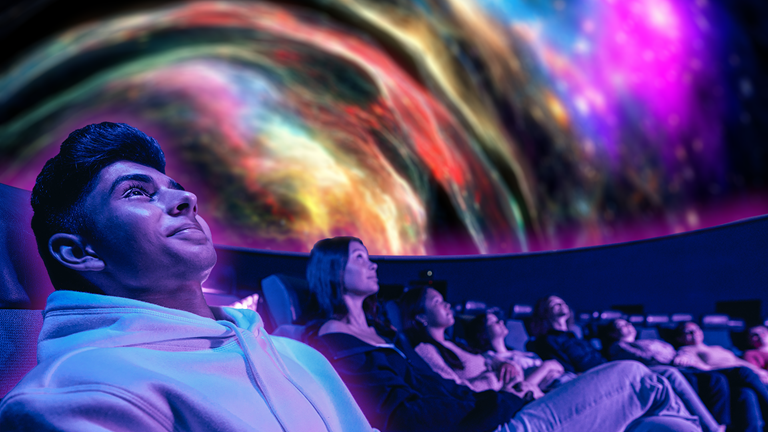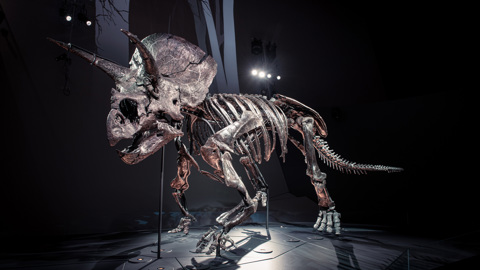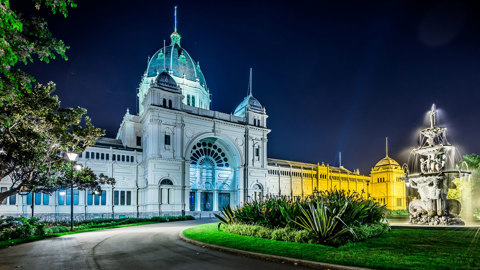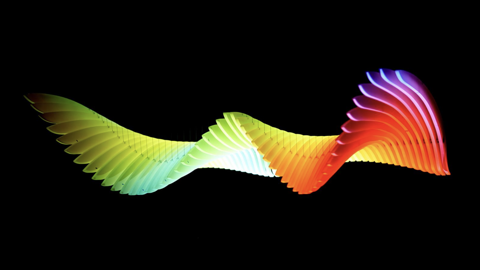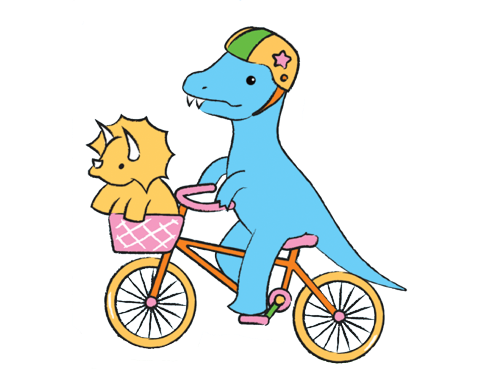Skynotes: May 2025
Upcoming events
Melbourne Sun times
| Date | Rise | Set | Day length | Solar noon1 |
|---|---|---|---|---|
| Thursday 1st | 7:01am | 5:32pm | 10:31hours | 1:17pm |
| Sunday 11th | 7:09am | 5:22pm | 10:12hours | 12:16pm |
| Wednesday 21st | 7:18am | 5:14pm | 9:56hours | 12:16pm |
| Saturday 31st | 7:25am | 5:09pm | 9:43hours | 12:17pm |
1 When the sun is at its highest, crossing the meridian or local longitude.
Moon phases
| Phase | Date |
|---|---|
| First Quarter | Sunday 4th |
| Full Moon | Tuesday 13th |
| Third Quarter | Tuesday 20th |
| New Moon | Tuesday 27th |
Moon distances
Lunar perigee (closest to Earth) is on Monday 26th at 359,022 km.
Lunar apogee (furthest from Earth) is on Sunday 11th at 406,244 km.
Planets
When observing planets over a period of time we notice their changing positions against the fixed background of distant stars. It is easy to notice for the inner planets Mercury, Venus and Mars as they orbit faster compared to the slower outer planets Jupiter and Saturn (and Uranus and Neptune seen through telescopes) which have more subtle changes in position.
Learn about our growth of understanding of the planets and the solar system, including a video presentation by Astronomer Dr Tanya Hill, at:
Museums Victoria- Picturing the Solar System
Mercury is drawing near to the Sun yet remains visible in the early part of the month from 5:00am in the east before it fades by 6:30am at dawn. By late May it will be lost completely in the morning’s early light.
Venus has the ‘morning star’ can be seen from 3.30am in the east reaching its highest elongation this month before fading in the dawn light.
Mars remains visible in the evening from 6pm in our northern skies before setting by 11pm. The Red Planet will appear and set a little earlier each evening during the month so that by late May it will be set by 10:30pm.
Jupiter is about to move behind the Sun for solar conjunction but this month it is still visible in the north-west from 5:40pm before setting by 7:30pm. Each evening it will appear earlier and by the end of the month it will set by 6:30pm.
Saturn has emerged from its solar conjunction to be visible in the east in the early morning 3am before fading in the dawn light. It too will rise progressively earlier so that by month’s end it will appear from around 2am.
Meteors
The Eta Aquarids meteor shower begins on the 3rd peaking on the 6th. The shower is linked to Comet Halley and rates can reach 55 meteors per hour. They are sand or rice grain size, very fast at 64km/sec, usually yellow with persistent trains, and enter the atmosphere 100km above the surface. They appear in the constellation Aquarius, and the radiant, or point from which they appear to originate, rises at 2.30am moving higher to the north-east by dawn.
STARS & CONSTELLATIONS
Stars and constellations
In the west
The brightest star in the night sky, Sirius, is high in the west and forms the principal star in Canis Major (Greater Dog), a companion to Orion, the hunter who lies below much closer to the western horizon and appears almost upside down from our southern hemisphere view. Marking one of his shoulders is Betelguese, a very obvious red giant star, and diagonally across Orion to the upper left is Rigel, a blue supergiant star that makes a contrast. The three bright stars that form an almost vertical line in the centre of Orion are his belt. His belt is also the base of the ‘Saucepan’ asterism. His scabbard or sword that angles up from his belt forms the saucepan’s handle. In the centre of the handle or sword/scabbard is a fuzzy greenish object which binoculars or telescopes will reveal as the glorious Orion Nebula some 1300 light years from us – a vast cloud of gas and dust where young stars are forming.
Above and to the south of Sirius is Canopus, the second brightest star in the night sky which belongs to the constellation Carina (the keel).
In the north
In the north is the constellation of Leo, the lion. Leo is upside down compared to the northern hemisphere. Look for an upside-down question mark as his head and mane. The brightest star in Leo is Regulus, meaning ‘little king’.
In the south-east
The large and impressive constellation of Scorpius can now be seen rising horizontally in the south-east with its head and pincers reaching east and the long curving tail stretching to the south. The scorpion's heart is marked by the red star Antares. This is a very rich area of the Milky Way and the scorpion's tail contains beautiful star clusters that can be seen with binoculars.
The two bright Pointers (Alpha and Beta Centauri in the constellation of Centaurus) are low in the south-east and lead your eye up to the smallest constellation astronomers use – Crux (or Southern Cross) which sits on its side this month and easily recognisable.
In less light-polluted skies you can see the pale band of light that arcs across the entire sky from south-east to north-west, the Milky Way, made of billions of distant stars and vast interstellar dust clouds that are often associated with regions of star formation.
In the south-west
Out on their own in the south-west lie the intriguing Large and Small Clouds of Magellan, two small nearby galaxies with names derived from Fernão de Magalhães, the famous Portuguese explorer of the 16th century who attempted the first circumnavigation of the globe. These two concentrations of stars may have resulted from interaction with our galaxy which has also acquired numerous globular clusters and dwarf galaxies, some as newcomers, all contributing to a local galactic environment more complex and dynamic that previously thought. Extending our perspective further we now understand the two other large spiral galaxies - Triangulum M33 and Andromeda M31 - along with many smaller galaxies collectively make up the Local Group, our cosmic neighbourhood gravitationally bound together that sits within a far larger universe.

Explore:
Space Australia’s Milky Way and the Sausage
EarthSky’s The Local Group
ESA Gaia reveals Milky Way’s newcomers.
International Space Station
ISS orbits every 90 minutes at an average distance of 400 km appearing like a bright star moving slowly across the night sky. Here are some of the brightest morning and evening passes expected this month over Melbourne:
Evening
Sunday 4th 6:07pm to 6:14pm, south-west to north-east
Morning
Saturday 17th 6:01am to 6:07am, north-west to north-east.
Heavens Above gives predictions for visible passes of space stations and major satellites, live sky views and 3D visualisations. Be sure first to enter your location under ‘Configuration’.
On this day
1st 1958, Van Allen radiation belts were discovered - concentrations of electrically charged particles surrounding the Earth influenced by its magnetic field.
1st 1930, Pluto’s name is confirmed by Lowell Observatory after a suggestion by British 11-year old Venetia Burney.
1st 1910, birth of astrophysicist J Allen Hynek who investigated reports of unidentified flying objects for the US Air Force under ‘Project Blue Book’.
4th 1675, Royal Greenwich Observatory is established by decree of King Charles II.
5th 1961, Alan Shepard Jr (Mercury 3), the first American to be launched into space.
9th 1979, Pioneer Venus 2 craft sent five probes into the atmosphere of Venus.
11th 1916, Albert Einstein’s ‘General Theory of Relativity’ was first presented.
12th 1965, Luna 5 (USSR) crashes on Moon.
13th 1861, one of eight 19th century ‘Great Comets’ is discovered by John Tebbut.
14th 1973, Skylab 1, USA’s first space station was launched.
15th 1618, the Third Law of Planetary Motion, establishing a direct relationship between distance from Sun and orbital period, is determined by Johannes Kepler.
16th 2011, Space Shuttle Endeavour (USA) launched on its 25th and final mission.
17th 1969, Venera 6 (USSR) sends data for 51min before failure due to extreme pressure while descending by parachute to the surface of Venus.
18th 1991, Helen Sharman, the first Briton in space, blasts off onboard a Soyuz spacecraft.
18th 1969, Apollo 10 (USA), the fourth crewed Apollo, launched an 8 day full rehearsal mission without a moon landing. It sent the first colour TV to Earth and orbited the moon 31 times. With Command Module ‘Charlie Brown’ in orbit, Lunar Module ‘Snoopy’ flew for two hours in four orbits coming to14km of the surface after which its descent (lower) stage was jettisoned to eventually crash on the moon, and later its ascent (upper) stage was sent into space to orbit the sun.
18th 2005, Pluto’s moons Nix and Hydra are seen by Hubble Telescope before New Horizons’ (USA) later discovery of two more, Styx and Kerberos.
19th 1961, Venera 1 (USSR) makes first pass of a planet (in this case Venus) although contact with Earth by then had been lost.
20th 1990, Hubble Space Telescope sent its first photograph from space, an image of a double star 1,260 light years away.
21st 2010, launch of IKAROS spacecraft (Japan), the first successful solar sail technique used for planetary travel.
25th 1961, President John F. Kennedy launches the USA’s race to the Moon.
25th 240 BCE, first recorded close pass by the Sun (perihelion) of Comet Halley.
28th 1959, monkeys Abel and Baker are sent on sub-orbital flight of 580 km into space in the nose-cone of a Jupiter rocket.
28th 585 BCE, solar eclipse occurs during a battle between Medes and Lydians. Knowledge of past eclipses has enabled dating of other historical events.
28th 2002, water ice on the Red Planet is discovered by Mars Odyssey (USA).
29th 1919, Einstein’s ‘General Theory of Relativity’ is confirmed by Arthur Eddington’s study of distant star light bending during a total solar eclipse.
29th 1794, birth of the first astronomer to map the Moon and Mars, Johann von Mädler.
30th 1975, European Space Agency (ESA) is created by merging Launch Development and Space Research organisations.
30th 1966, launch of Surveyor 1 (USA) which will make the first landing on another body; in this case, the Moon.
